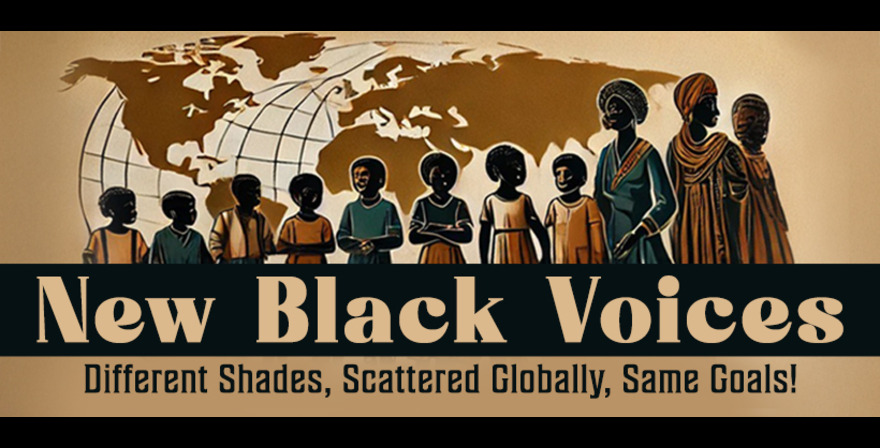Tips on Putting Inclusiveness at the Center of Your Company Culture
Diversity and inclusiveness are easy to justify for any business. Recent studies have found that companies that are diverse and inclusive are 70 percent more likely to do well in new markets than companies that do not have these advantages and are close to 90 percent more likely to make better business decisions.
Companies that are ethnically diverse are 35 percent more likely to perform better than competitors, and gender-diverse companies are 15% more likely to outperform their competition. Diversity and inclusion also help businesses attract great employees — two out of three people consider workplace diversity a factor when they make decisions about where to work.
Creating Change in Employee Beliefs
An attempt to build a culture of diversity and inclusion is only of use when upper management aims for a shift in mindset throughout the company, rather than for a one-time initiative. When inclusivity is treated as merely an initiative, employees usually see it as a set of protocols, rather than an effort in which they play an active role. For inclusivity to be successful, employees at every level need to feel personal responsibility for its success. They need to feel full psychological ownership of the program.
When employees feel personally responsible and accountable for the success of an inclusivity effort, they tend to feel agency. They tend to be proactive looking for gaps in the different ways inclusivity is executed, and tend to offer suggestions on how to bridge those gaps. They solve the problems that they see, and execute the solutions that they come up with.
By defining diversity and inclusiveness as a state of mind that all employees are held accountable to, the leaders of organizations are able to shift the culture that defines the organization, and form a workforce in which these qualities are celebrated.
The Difference Between Diversity and Inclusion
The terms diversity and inclusion are often used together. It’s important to remember, however, that they represent distinct concepts.
A diverse workforce is one that runs the full gamut of demographic difference — religion, race, gender, age, and social and economic variability. It also represents the lifestyle differences, education levels and family formats seen in society.
A diverse workforce isn’t necessarily an inclusive workforce, however. A workplace with an inclusive culture is one in which workers are made to feel welcome, no matter what their background. The benefits of a diverse workplace can go to waste when there is no inclusivity. When these qualities are found together in a place of employment, however, they can contribute to the creation of high-performing teams in which every member feels valued.
Not every modern organization is set up to benefit from diversity and inclusion. There is some data to suggest that employees tend to feel included in only one out of three workplaces. In two out of three companies, employees do not feel that their organizations seek out diverse perspectives. To make inclusivity a part of the company culture, organizational leaders need to work on building a multi-tiered approach to making decisions, one that engages employees of every description, from the C-suite, down to the rank and file.
Setting an Example for Inclusiveness
It isn’t enough for business leaders to simply encourage employees to work toward inclusiveness. Upper management needs to set an example for the rest of the company by demonstrating inclusive behavior themselves.
Upper management can publicly arrange for opportunities to enable employees to express their ideas and offer feedback and be demonstrative welcoming these ideas. When leaders repeatedly set an example, lower-ranking members of the organization who look up to them tend to attempt to emulate them. When attempted over and over again, such emulation leads to natural, organic inclusiveness, company wide.
Creating a System of Support
Leaders at companies can set an example with the way they act, and encourage inclusive behavior among employees. They can’t, however, train their employees in inclusivity, on their own; they need help from the human resources department. Business leaders can work together with HR to deploy training sessions all through the company to help workers understand inclusivity better, and make their own contributions to this aim.
Applying Diverse Perspectives to Nurture Innovation
Employee inclusiveness is about more than making an ethical choice to help employees. Inclusiveness can lend businesses an advantage over the competition. There is research that indicates that businesses investing in diversity and inclusiveness, end up encouraging innovative thinking.
Reaping the benefits of diversity and inclusiveness in the workforce requires leadership by top management. They need to define the diversity and inclusion goals of the company, lead by example, and rope in HR to offer training sessions to employees throughout the company.
When organizations take these steps, their leaders help promote accountability company-wide for workplace inclusion. Such action helps put companies on the path to improved performance over the long term.
Donate Now to Diversity, Inclusion & Equality
Your support helps defend and protect people who are instinctively denied an opportunity through a functional diversity program. Be a beacon of hope for Diversity, Inclusion & Equality. Donate today. Your Donation is 100% Tax-Deductible. Your tax-deductible donation can also help stop human rights violations. Protect Human Rights. One-time & monthly gifts. All gifts Tax-Deductible. We are a 501(c)(3) charity.
Founded in 2019, D.I.E is a unique operating organization for professionals working in Equal Opportunity, Diversity, Affirmative Action, and related fields. Building on his experience of more than two decades, founder Brian Figeroux, Esq. who has excelled in Civil Rights, Employment Law, Business Law & Development and served as advisor of several Chambers of Commerce in New York City, is taking his work expertise and knowledge to help the public and private sector. Mr. Figeroux endeavors to develop and devise programs where inclusion is instinctive, as Inclusion without Diversity is Inequality, and Equality makes both businesses and government more productive.

